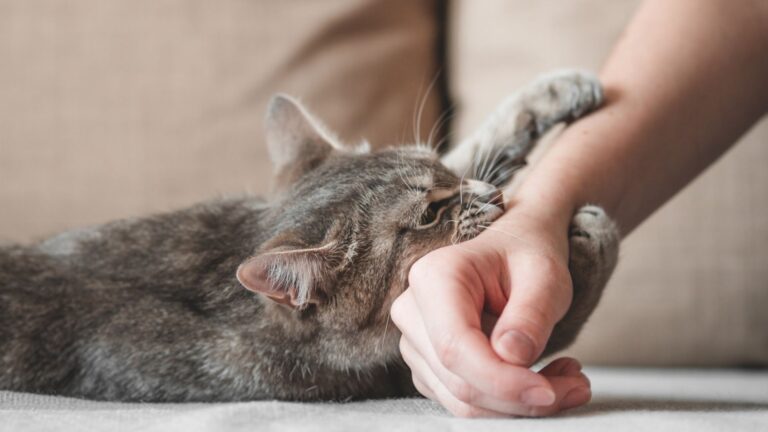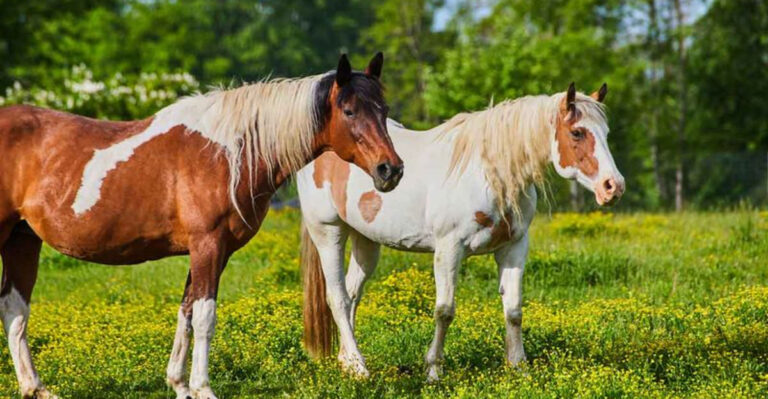13 Reasons Why Cats Love Boxes, Explained By Experts

Cats and boxes – it’s a match made in feline heaven. But have you ever wondered why they’re so obsessed with these cardboard hideaways?
Experts say it’s rooted in instinct, offering cats a sense of security and comfort. From protecting themselves in the wild to creating a cozy nook at home, boxes meet all their needs.
1. Safe Haven
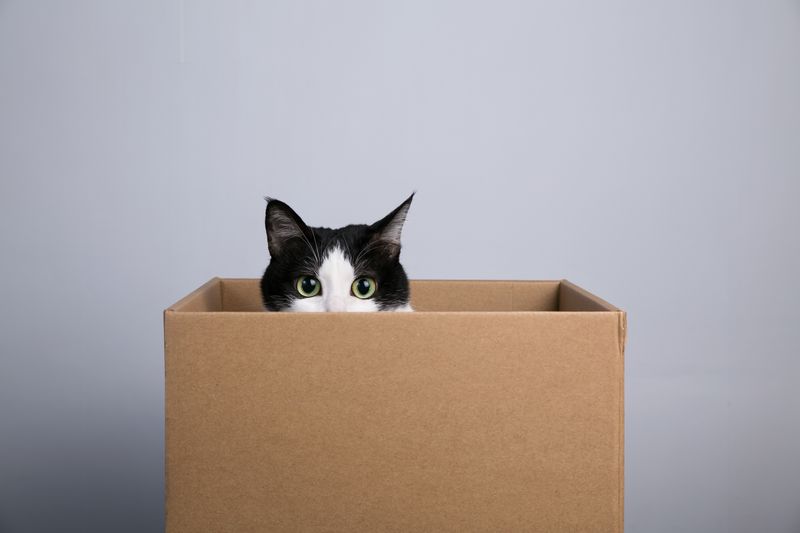
Cats find comfort in small, enclosed spaces that offer security and calm. A box mimics the hidden shelters they’d seek in the wild to avoid threats.
Even at home, it shields them from sudden noises or movements, helping them feel safe. Inside their cozy retreat, they can finally relax, unwind, and enjoy a stress-free nap.
2. Warmth And Comfort
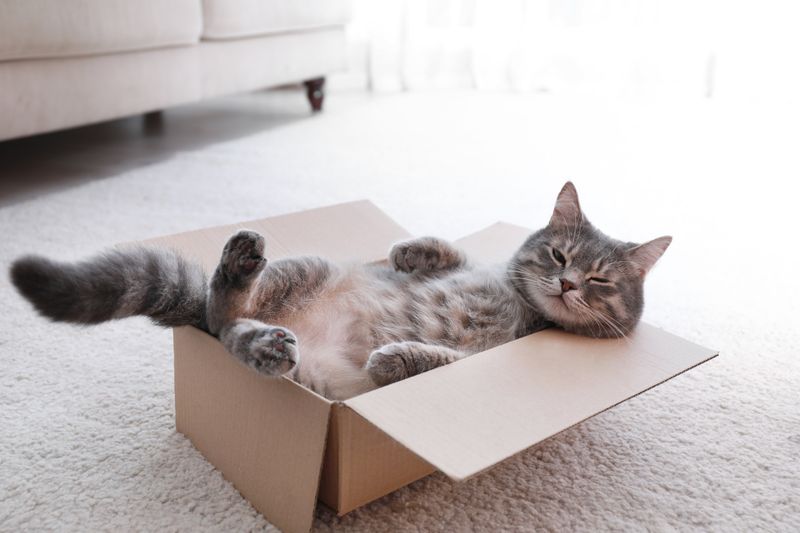
Boxes don’t just provide security; they also offer warmth. Cardboard acts as an insulator, trapping body heat and creating a cozy environment within its walls. For a cat, this warmth is like a gentle hug, wrapping them in comfort.
This warmth isn’t just physical. The sense of being cradled makes your cat feel cherished and loved. This emotional warmth adds to the box’s appeal, making it a favorite spot for many feline naps and moments of rest.
3. Perfect Hiding Spot
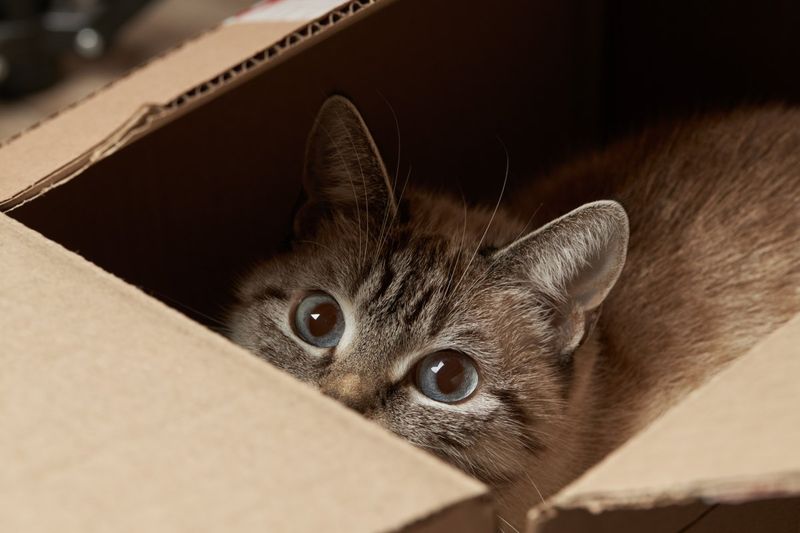
Boxes offer the ideal setting for a game of hide and seek. For a cat, being able to see without being seen is thrilling. The high walls and limited openings of a box provide this perfect balance, letting your cat observe its surroundings stealthily.
Beyond play, a box is a retreat from unwanted attention or interactions. When your cat needs a break from household chaos, the box is their fortress of solitude, a place to recharge and find peace.
4. Stress Relief

Life can sometimes be overwhelming, even for our feline friends. A box provides a retreat where a cat can decompress and escape stressors. This space allows them to process stimuli at their own pace.
When a cat feels safe and secure, it produces fewer stress hormones. Entering a box can drastically reduce these, providing immediate relaxation. This is why you may notice your cat retreating to its box after a busy day.
5. Playful Exploration
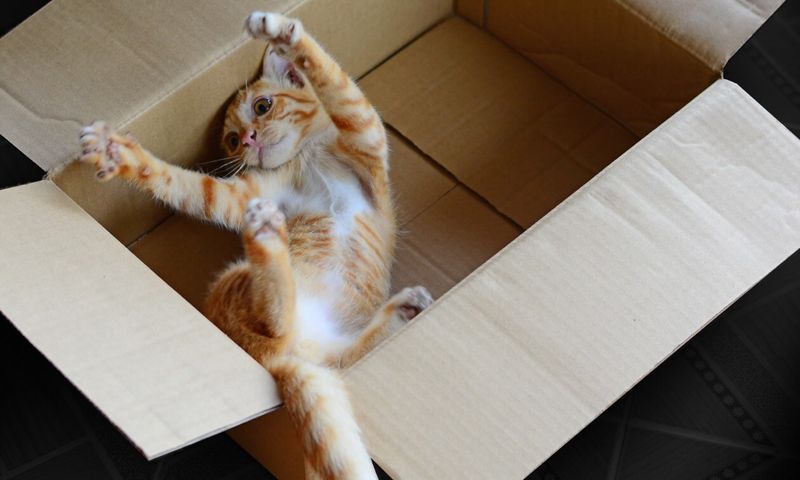
For cats, boxes are more than just resting spots. They are playgrounds full of potential discovery. Every edge and corner presents a new adventure, sparking endless curiosity.
Watch as your kitten investigates a box with all its senses – touching, sniffing, and even tasting the cardboard. Cats love to pounce, scratch, and chew, turning a simple box into a multi-faceted amusement park.
6. Territorial Instincts
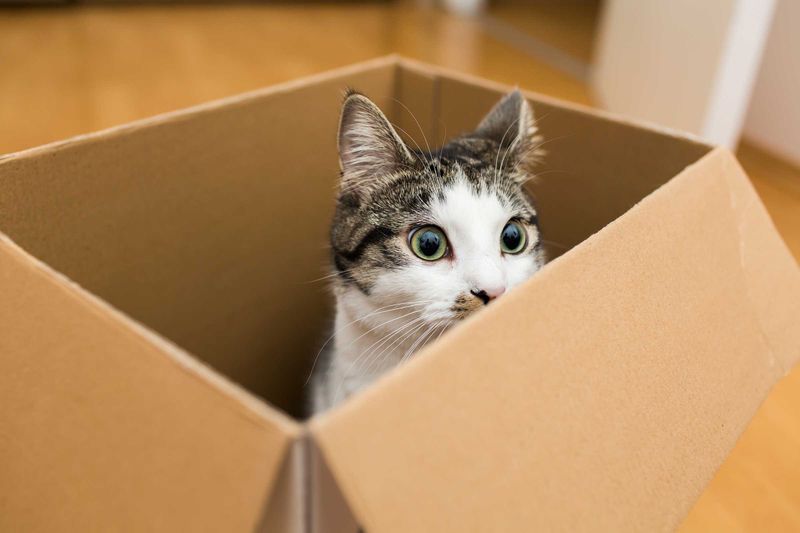
Cats are territorial creatures by nature, and a box can become an extension of their personal domain. Claiming space in a home is crucial for a cat’s wellbeing, and boxes offer an excellent opportunity to mark territory.
Your cat might rub its scent onto a box, claiming it as its own. This scent-marking behavior reassures your feline friend of its place in the environment, providing a sense of ownership and belonging.
7. Engaging Sensory Experience

The texture and smell of a box offer an engaging sensory experience for cats. Cardboard has a unique scent and feel that stimulates a cat’s senses, inviting exploration and interaction.
When a cat sniffs or scratches a box, it’s not just playing; it’s also engaging in sensory enrichment. This is essential for their mental health, as it keeps them entertained and promotes natural behaviors.
8. Natural Curiosity

At the heart of a cat’s love for boxes is an insatiable curiosity. Cats are naturally inquisitive creatures, always on the lookout for something new and intriguing to explore.
Boxes, with their confined spaces and hidden corners, are perfect for satisfying this curiosity. They offer endless possibilities for discovery, making them irresistible to cats looking for a new adventure.
9. Social Interaction
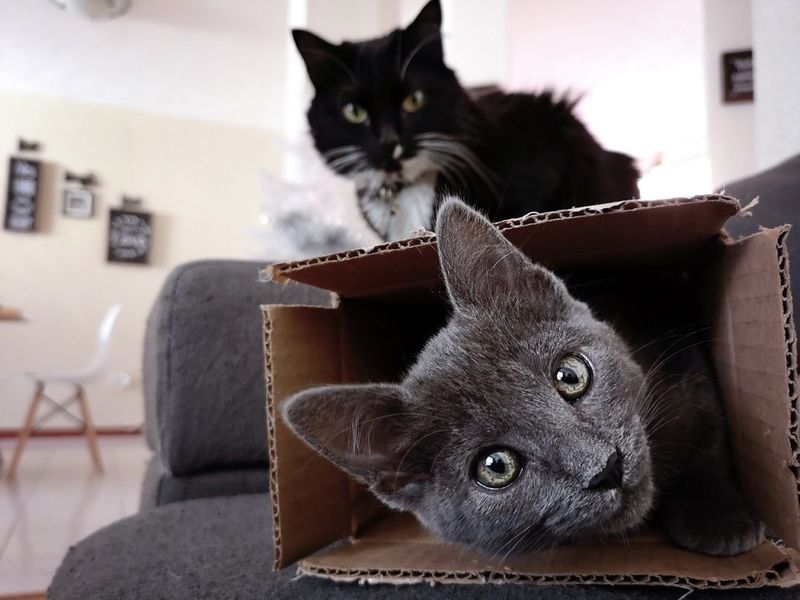
Boxes aren’t just for solo play; they can also facilitate interaction among multiple cats. When more than one cat shares space with boxes, it can lead to playful encounters and bonding moments.
Observing cats play with boxes together is intriguing. They might chase each other in and out of the boxes or take turns hiding and pouncing. These interactions can strengthen social bonds and reduce tensions among cohabitating cats.
10. Hunting Instincts
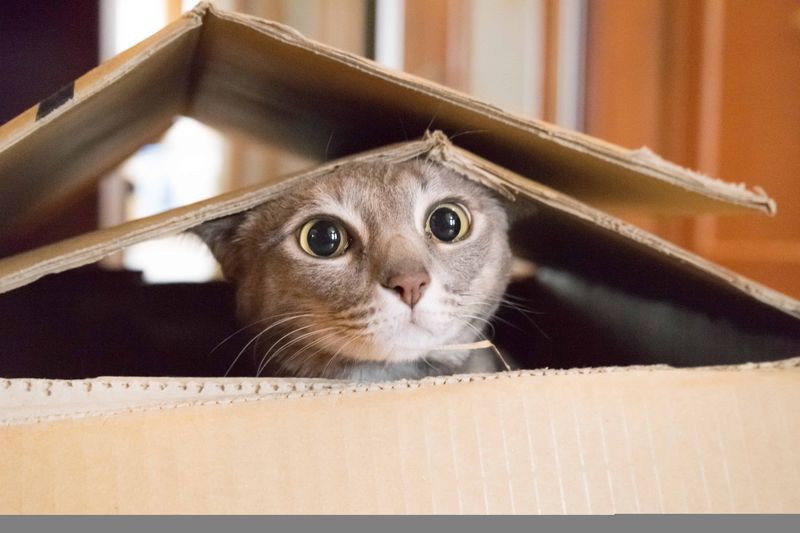
Boxes trigger a cat’s hunting instincts, providing an ideal setting for imaginary hunts. The box acts as a base, allowing cats to hide and wait for the perfect moment to pounce, just as they would in the wild.
This behavior is deeply rooted in their nature. Even the most domesticated cat retains some wild instincts, such as stalking and ambushing. A box provides a safe way to express these instincts without real prey.
11. Resourcefulness

Cats are inventive animals, often using what’s available to meet their needs. A box is a perfect example of resourcefulness, turning something ordinary into a versatile tool for comfort and play.
Whether it’s converting a box into a sleeping space or a play arena, cats make the most of what they have. This adaptability showcases their intelligence and creative problem-solving skills.
12. The Thrill Of Unexpected Adventures
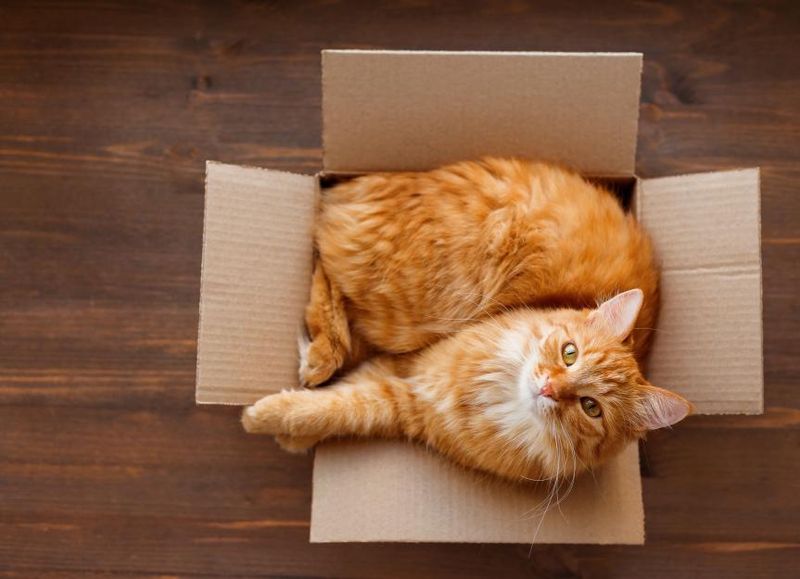
Ever noticed a cat’s eyes widen with excitement when exploring a box? This thrill is akin to discovering a secret passageway. For cats, boxes represent the unknown, offering endless adventures.
Cats relish the uncertainty and potential surprises these spaces provide. Each box holds a new story, a new quest, and an opportunity to unleash their playful instincts. The sense of mystery keeps them coming back, proving that sometimes, the simplest things are the most captivating.
13. Textural Fascination

Cats are often seen scratching or rubbing against boxes, and there’s a fascinating reason why. The texture of cardboard intrigues them, providing a satisfying surface for their paws.
This tactile interaction is both pleasing and stimulating. Cats find comfort in the rough, corrugated texture that mimics natural surfaces they would encounter in the wild. Engaging with these textures is not only enjoyable but also helps cats keep their claws in good condition.


